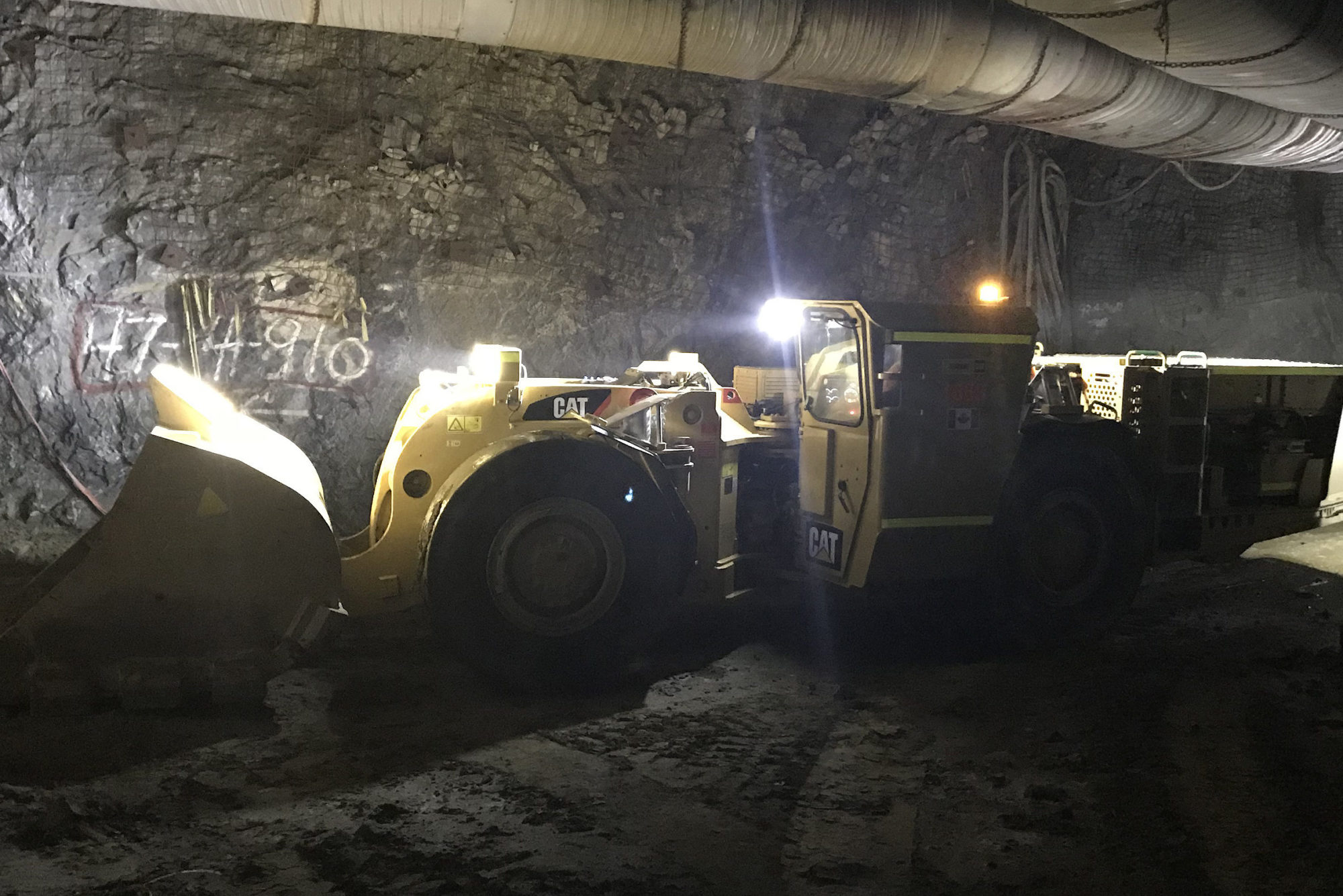In the latest edition of its customer magazine Viewpoint, Caterpillar has provided an update on its development programme for battery electric vehicles.
Following a successful proof-of-concept programme that saw a R1300G LHD test unit shipped to a mine in Canada, the company is now looking to move to its product development phase for LHDs and trucks.
While Caterpillar admits it wasn’t the first to look into developing battery electric vehicles underground, it feels its expertise integrating electric drivetrain technology and components in a number of surface machines stands it in good stead to make a big impact on this fast evolving side of the market.
Jay Armburger, Product Manager for Underground Technology, said the company had recently wrapped up its field and operational evaluation as part of its battery electric vehicle development plan, with the results proving beneficial as it moved into its next stage.
“We ran it (the results) through performance analysis, duty cycle testing and all that for both the machine and the charging system. We collected a wealth of data and now the team is analysing it,” he said.
“This is going to be very valuable as we launch our product development phase for LHDs and trucks.”
Armburger says underground electrification will bring with it substantial benefits, not just a reduction of greenhouse gases.
“Mining operations are going deeper and deeper in search of larger reserves and higher-grade ore,” Armburger said. “With that depth comes significant challenges with ventilation and temperature management. It takes a lot of capital investment to put in the infrastructure for ventilation systems and air conditioning systems. Battery electric machines really bring significant cost savings to these customers.”
One customer working with Caterpillar on this solution estimates a $40 million or more saving on capital expenses by reducing the volume requirements of ventilation shafts, he said. “Their vent reduction requirements can be reduced by 40%, and inlet and return shafts can be reduced up to 24%.”
Opex costs could also fall, according to Armburger.
“It’s very expensive to maintain the fans and reduce the heat,” he said. “Heat becomes a big issue underground, and diesel engines create a lot of it. So this is really a way to attack a couple things — emissions and heat — that add to significant costs. From an operation standpoint, customers are looking at $7-$8 million in potential savings annually.”
Caterpillar will bring its surface mining knowledge to this underground task but the underground charging system the company plans to use, based on proven microgrid technology, is something new.
“We don’t want to lose sight of the importance of the charging system. When you’re using energy storage or batteries to power machines, there’s a whole additional programme involved with developing the charging system,” Armburger said.
Caterpillar believes its battery electric vehicles will differ from the existing solutions on the market, in regards to its all-encompassing production focus.
Steve Rich, who now leads all underground sales and support for Caterpillar’s underground mining division, said: “I think it’s pretty clear when we hear the feedback from customers who may have tried other solutions that they’re still not satisfied. They want a true production machine that can go out, survive a whole heavy-duty cycle on the performance side, and live up to their expectations — and they’re still not getting it. They’re quite excited over the Cat solution coming.”
And, the company’s Commercial Mining Manager for Technology, Randy Schoepke, is not concerned about undeground electrification eradicating the automation business case, expecting electrification to be a step toward making machines easier to automate.
In fact, the first battery electric machine to be introduced will be equipped for Command for underground, Cat said. This is the Cat® system for semi-autonomous and remote operation of underground loaders.











